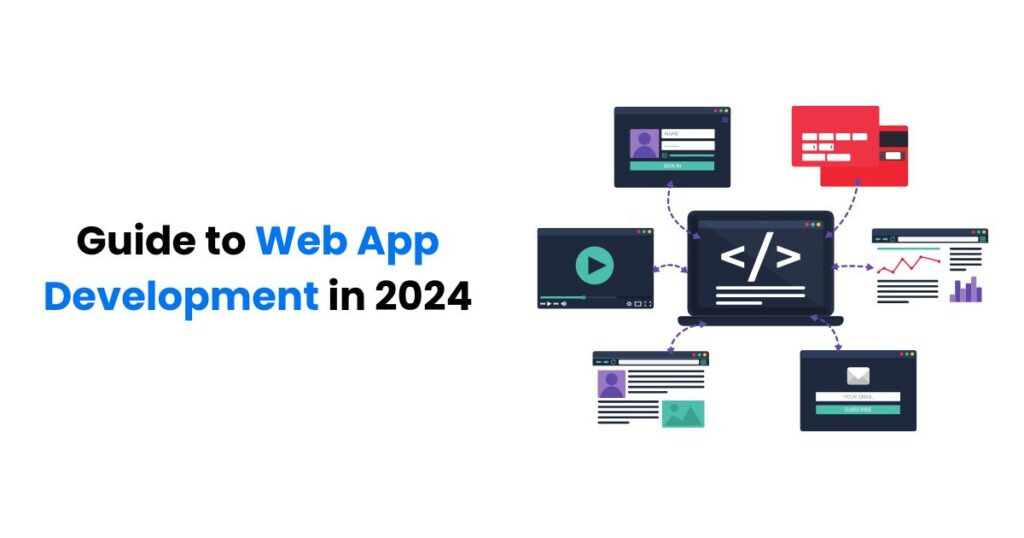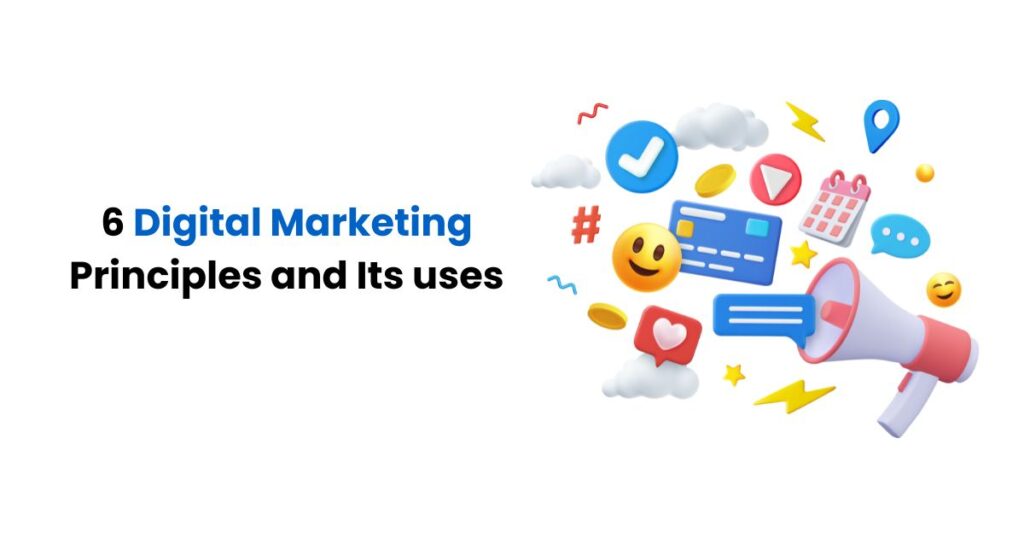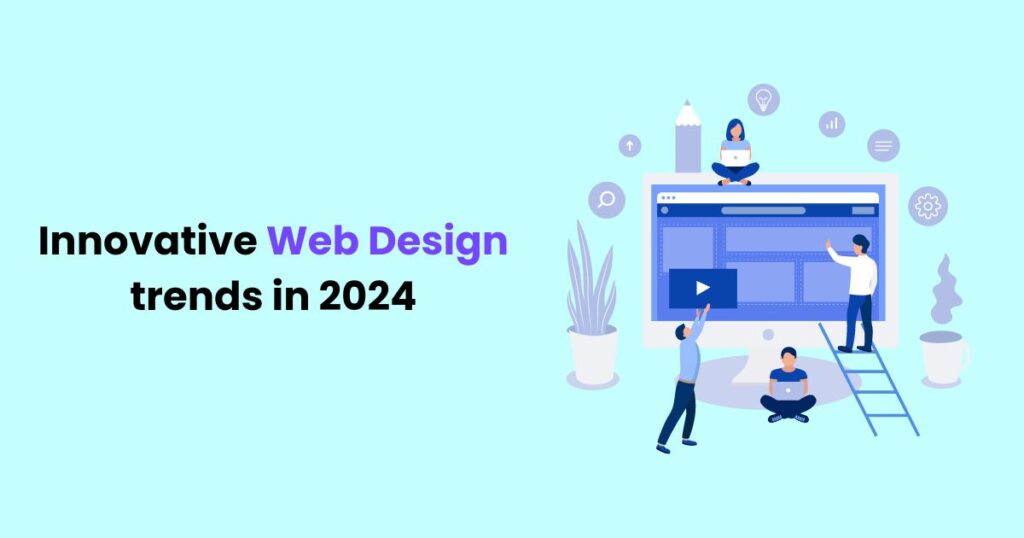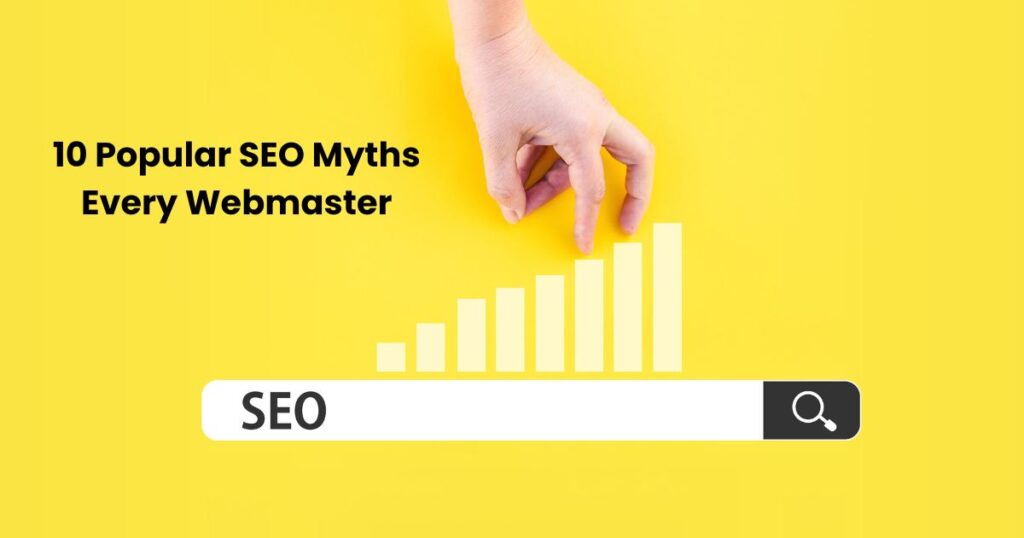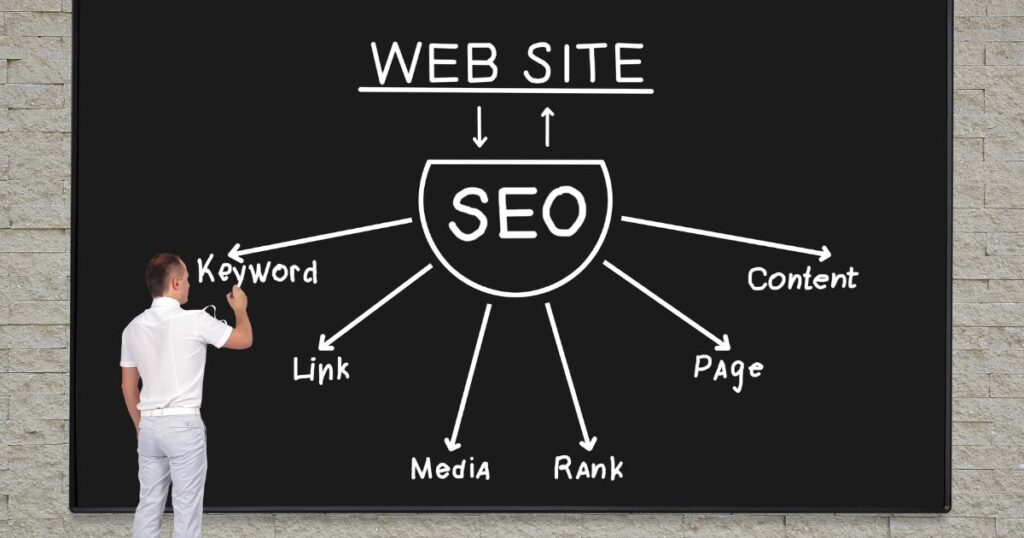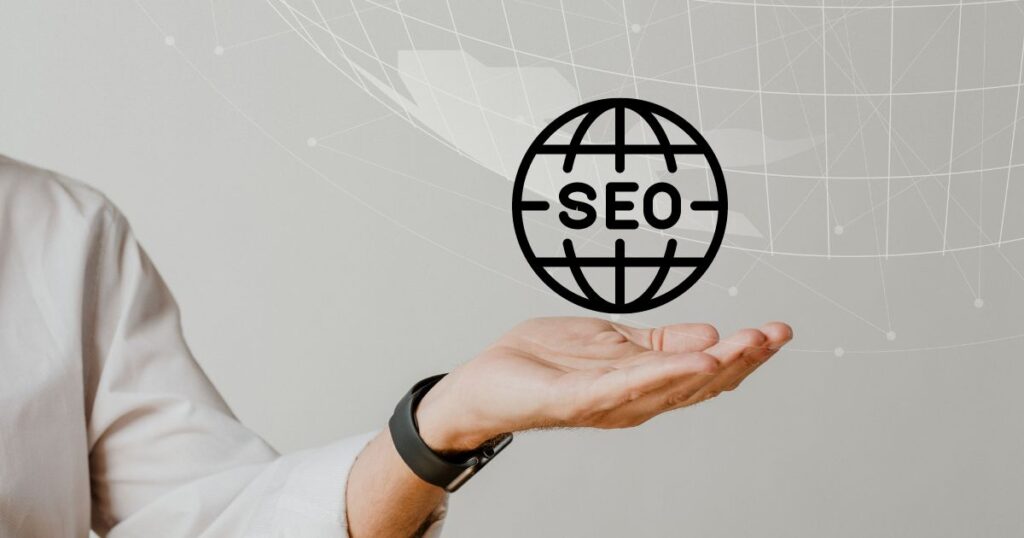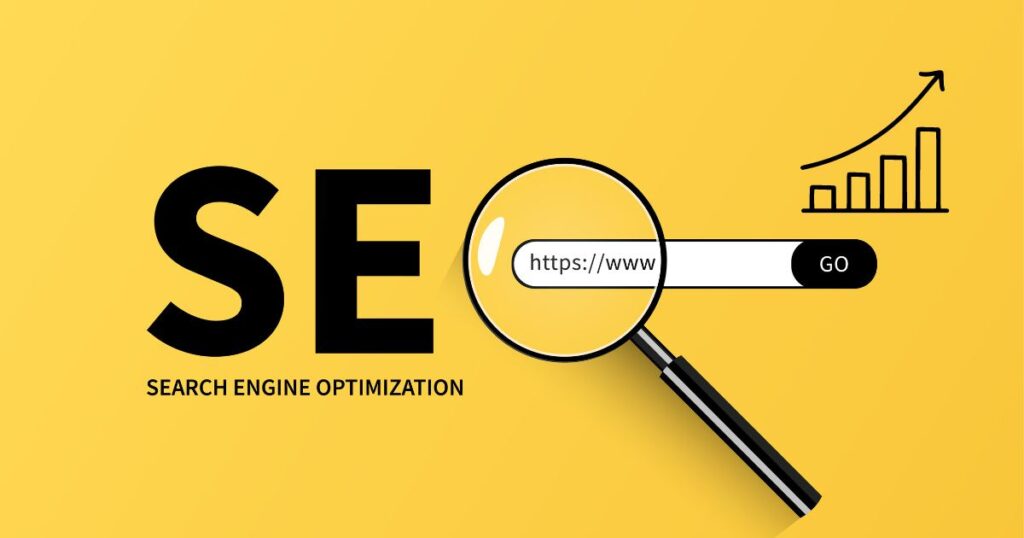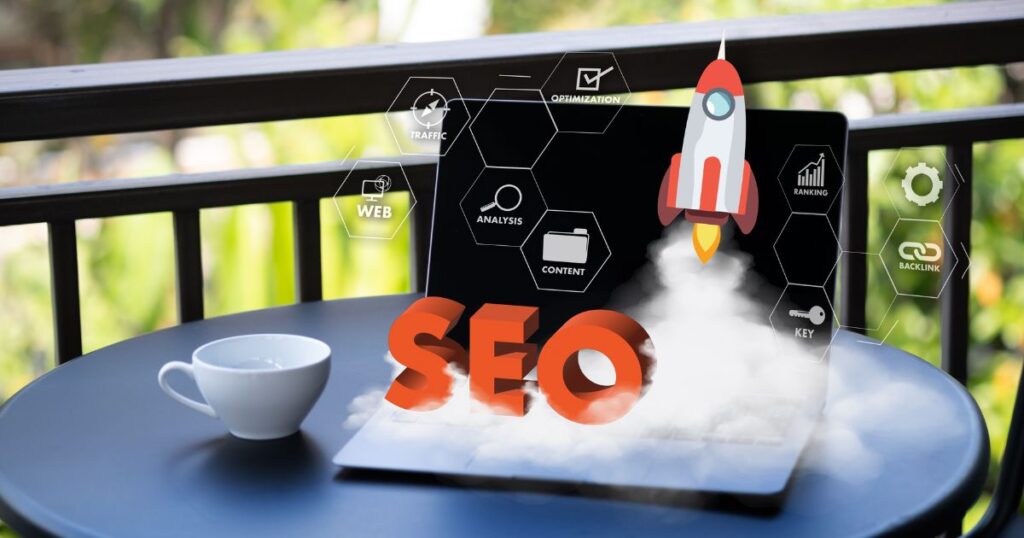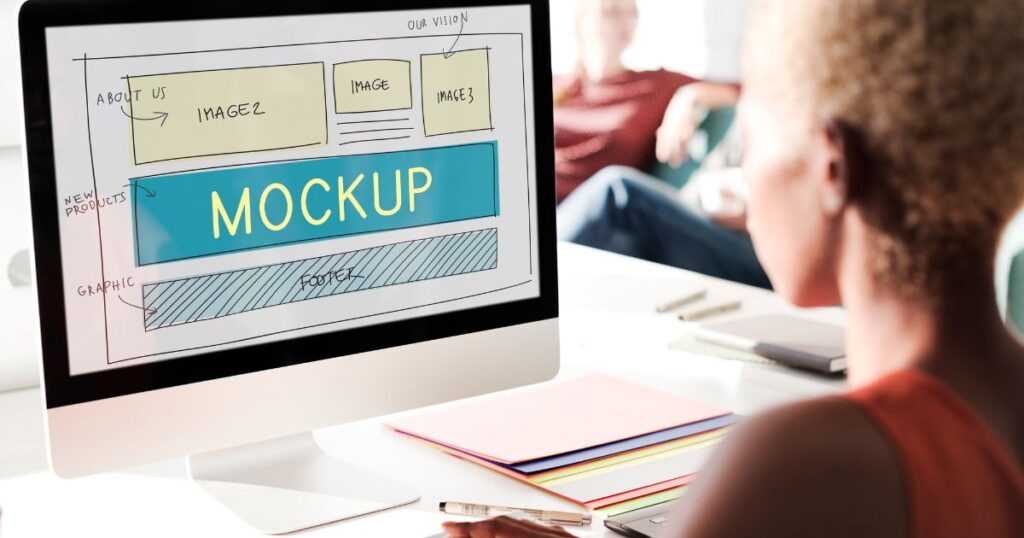Product Strategy with MVP Development Services
In today’s fast-paced business landscape, where trends change at the blink of an eye and consumer demands evolve rapidly, innovation has become a crucial factor for the success of any company. However, many businesses, especially startups and small enterprises, face the challenge of limited resources. The good news is that there’s a strategy that can help you innovate effectively even on a tight budget: Minimum Viable Product (MVP) Development Services. In this blog post, we’ll delve into the world of MVP development and explore how it can be a game-changer for optimizing your product strategy while keeping costs in check.
Understanding the MVP Concept

At its core, an MVP is the most simplified version of a product that contains just enough features to satisfy early adopters and gather valuable feedback. The primary goal of an MVP is to test assumptions, learn from user interactions, and iterate upon the product based on this feedback. MVP development allows businesses to reduce the risk of building a full-fledged product that might not align with the market’s needs.
Benefits of MVP Development Services
Cost-Efficiency
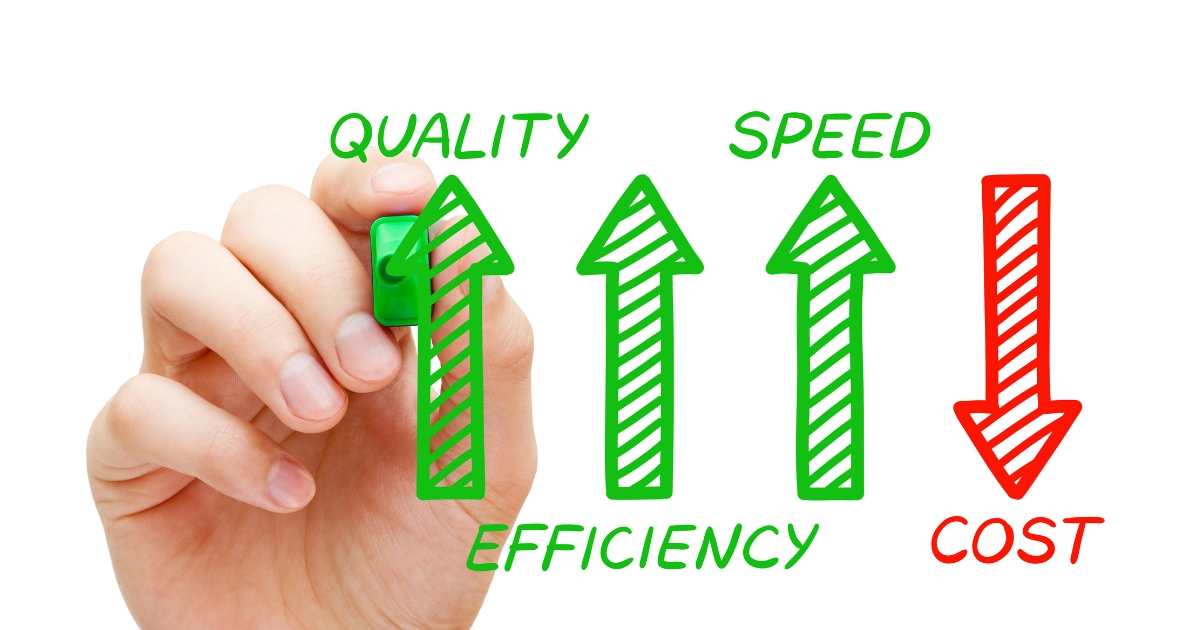
One of the most significant advantages of MVP development is that it enables you to create a functional product with a limited set of features. This minimizes development costs and reduces the risk of investing heavily in a product that might not resonate with users.
Rapid Iteration
By launching an MVP, you can quickly gather user feedback and insights. This information allows you to make informed decisions about which features to enhance, remove, or add in the subsequent versions of the product. This iterative process helps you create a product that is better aligned with customer expectations.
Early Validation

MVP development services provide you with a platform to validate your product idea with real users. This validation is crucial as it allows you to ensure that you’re addressing a genuine pain point in the market before committing significant resources to product development.
Time-to-Market
Traditional product development cycles can be lengthy and resource-intensive. MVPs expedite the time-to-market by focusing on delivering a core product quickly. This agility gives you a competitive edge, enabling you to respond faster to market changes.
Choosing the Right MVP Development Consultancy

Partnering with the right MVP development consultancy can greatly influence the success of your innovation journey. Here are some key factors to consider when selecting a service provider:
Expertise

Look for a consultancy with a proven track record in MVP development. Check their portfolio to see if they have experience working with businesses in your industry.
Collaborative Approach
A good consultancy should be willing to collaborate closely with your team. They should value your insights and incorporate them into the development process.
User-Centric Focus

A strong understanding of user behavior and the ability to translate user feedback into actionable improvements is crucial for successful MVP development.
Agile Methodology
An agile approach to development allows for flexibility and quick adjustments. Ensure that the consultancy you choose follows an iterative and adaptive process.
Clear Communication

Effective communication is vital for a successful partnership. Make sure the consultancy keeps you informed about the progress of the MVP and involves you in key decisions.
Implementing MVP Development Services
Now that we’ve explored the benefits of MVP development services and how to choose the right consultancy, let’s delve into the process of implementing MVP development effectively:
Idea Validation
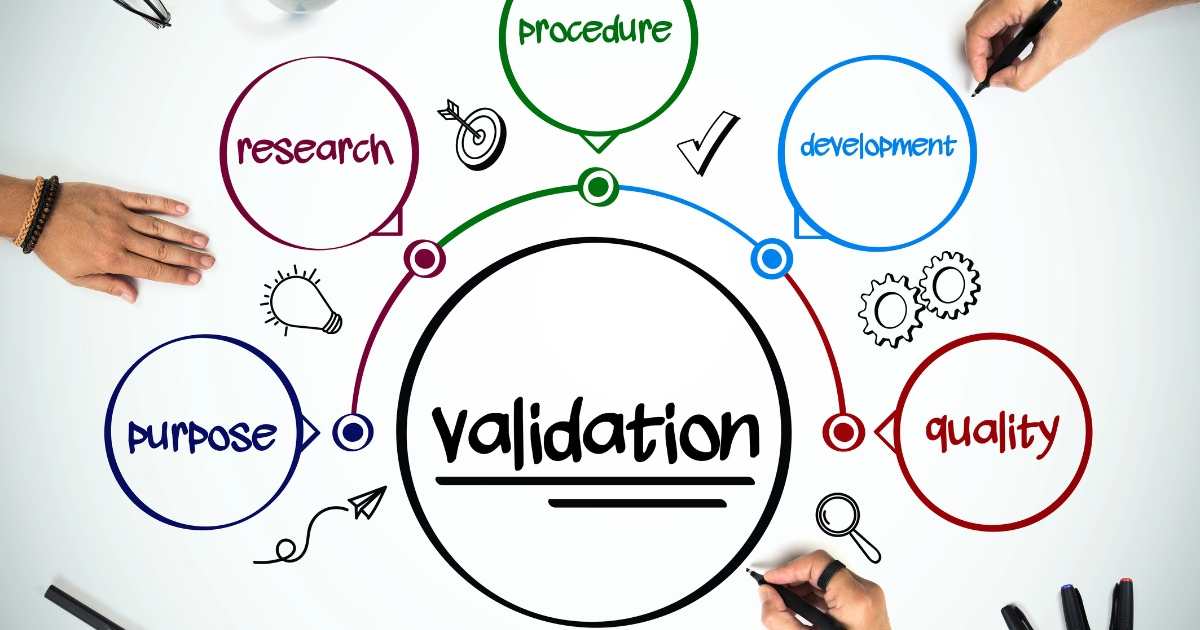
Before diving into MVP development, it’s essential to validate your product idea. Conduct thorough market research to understand your target audience, their pain points, and the existing solutions in the market. This validation step ensures that your MVP addresses a genuine need.
Feature Prioritization
Not all features are created equal. During the MVP development process, it’s crucial to prioritize the features that are essential for solving the core problem your product aims to address. Avoid feature bloat, as it can lead to unnecessary complexity and higher costs.
Lean Development

The MVP approach encourages a lean development process. Focus on building the minimum set of features required to demonstrate your product’s value proposition. This approach not only saves resources but also helps you receive user feedback sooner.
User-Centered Design
Design your MVP with the user in mind. Create a user-friendly interface that guides users through the core functionality of your product. Keep the user experience intuitive and streamlined to encourage engagement.
Feedback Collection
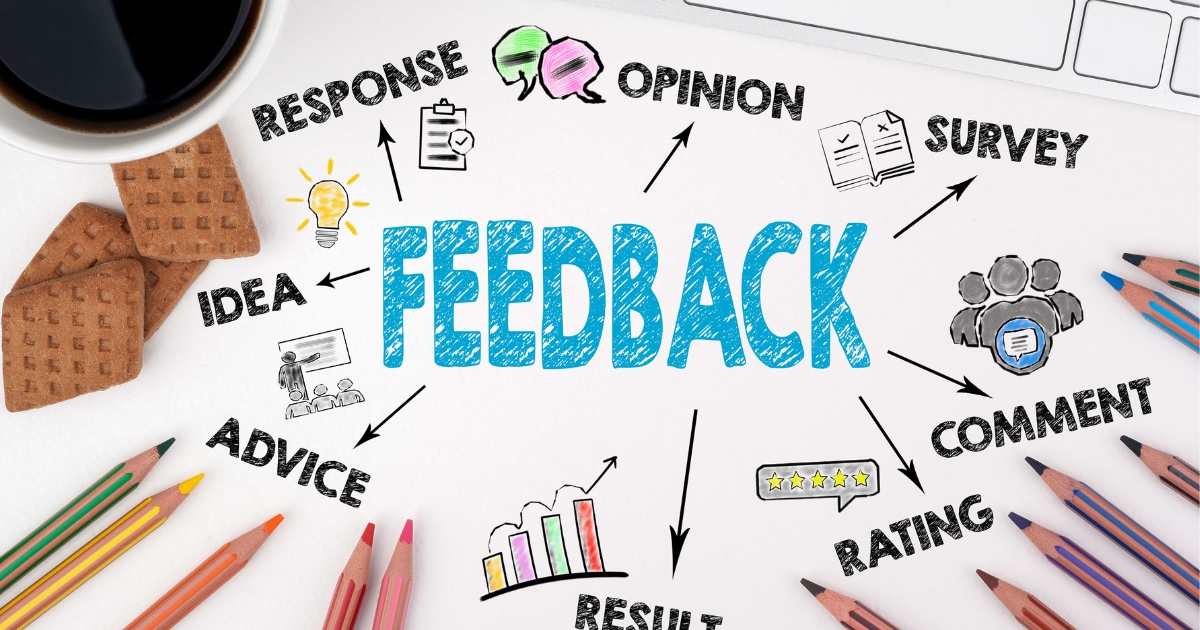
Launching the MVP is just the beginning. Actively collect user feedback through surveys, analytics tools, and direct interactions. This feedback will be invaluable for identifying pain points, uncovering new features, and refining your product strategy.
Iteration and Improvement
Based on the feedback received, iterate and improve the MVP. This might involve refining existing features, adding new ones, or even pivoting based on user insights. The iterative process ensures that your product aligns more closely with user expectations.
Scaling Up
As your MVP gains traction and positive feedback, you can consider scaling up and expanding the feature set. The insights gathered from the MVP phase will guide you in making informed decisions about which features to prioritize for the next version of your product.
Real-World Examples
Several successful companies have leveraged MVP development to launch products that have transformed industries:
Dropbox

The cloud storage giant started as a simple MVP – a video demonstrating how a cloud-based file sharing solution could work. The overwhelming positive response from users validated the concept and laid the foundation for the product we know today.
Airbnb

In its early days, Airbnb created a simple website that showcased the founders’ apartment and offered a platform for people to list and book accommodations. This MVP approach allowed them to test the demand for their concept before scaling up.
Zappos
The online shoe and clothing retailer launched as an MVP with a basic website and a limited inventory. By focusing on delivering a great customer experience, Zappos quickly gained loyal customers and expanded their product offerings.
Conclusion
Innovation doesn’t require an unlimited budget. With MVP development services, businesses can take a strategic approach to product development that maximizes efficiency, minimizes risks, and allows for rapid adaptation to market feedback. By partnering with the right MVP development consultancy and following a user-centered approach, you can create a product that resonates with your target audience and positions your business for growth. Remember that the key to successful MVP development lies in the continuous cycle of building, measuring, and learning. As you gather insights and iterate, you’ll refine your product strategy, ultimately leading to a more refined and successful final product. So, if you’re looking to innovate without breaking the bank, consider embracing the power of MVPs as a cornerstone of your product development strategy.


